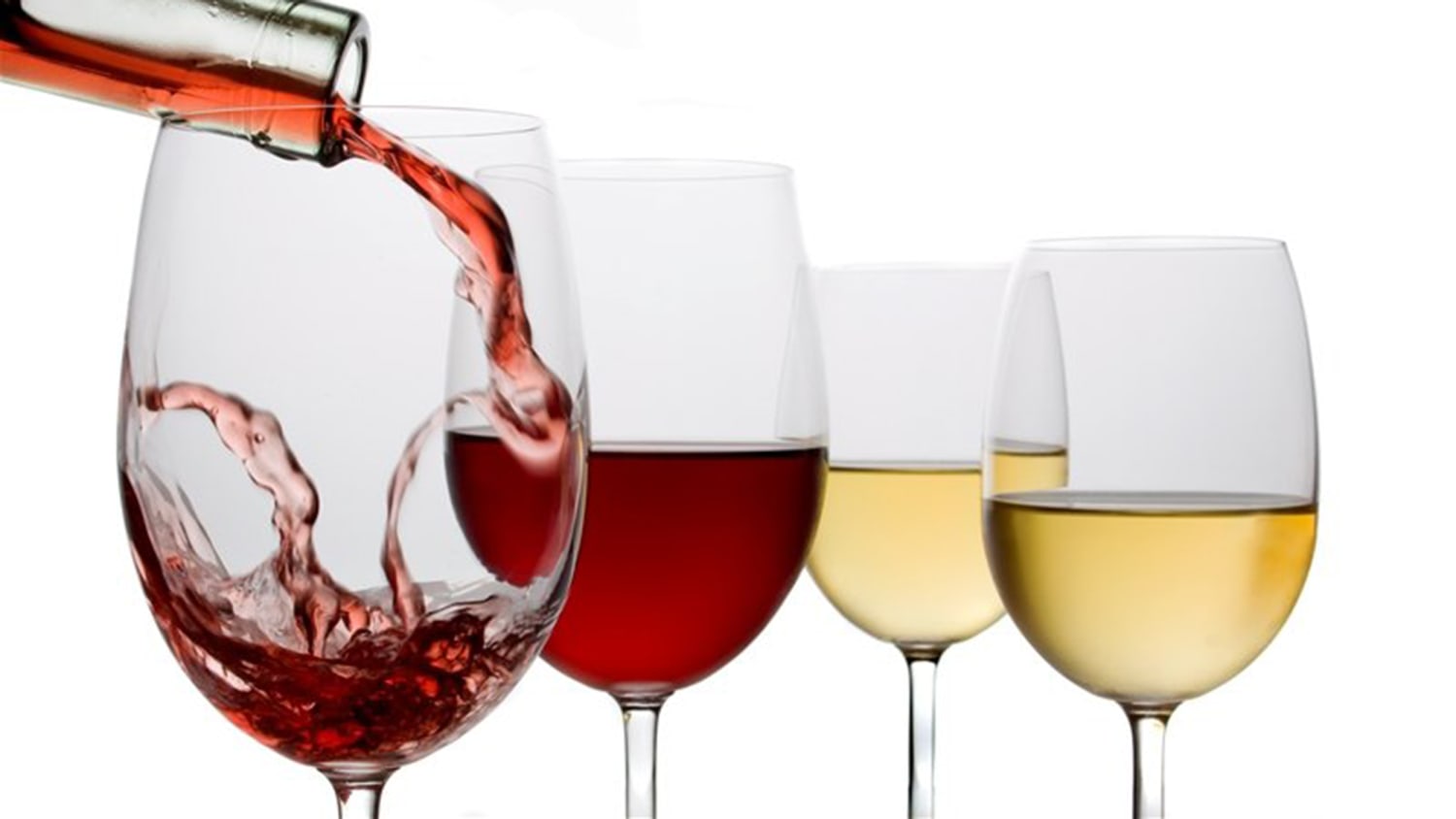
Researchers insist that results of a recent meta-analysis show that there is no safe level of drinking, but he scientific community remains unconvinced.
Last week, the Lancet published a study that concluded “the level of consumption that minimises health loss is zero.” The researchers state that there is no level of alcohol consumption that does not put your health at some increased risk. This of course was picked up by major news networks like CBS and splashed as a leading headline.
But there has been some pushback on these claims and many members of the scientific community are not convinced.
First off there are methodological issues. There was no way for the researchers to remove or control for confounding variables. Their methods could only control for age, sex and location. If there were other variables like exercise, smoking, or socio-economic status, they could not be controlled for in this study. Without controlling for these variables, the researchers could be leaping to causal conclusion that is not supported by the data. As Aaron Caroll in the NY Times writes:
But when we compile observational study on top of observational study, we become more likely to achieve statistical significance without improving clinical significance. In other words, very small differences are real, but that doesn’t mean those differences are critical.
Secondly, the risk increase that they observed from having one drink per day was an increase of alcohol-related health problems to 918 per 100,000 people from 914 per 100,000. Only 4 out of 100,000 people or (0.004% of people) who have one drink a day may have a alcohol-related health problem. At two drinks per day the rate increased to 977 per 100,000 persons. 63 out of 100,000 people had alcohol-related issues, which is only a slight increase in risk. The vast majority of drinkers according to their results had no deleterious effect to their health.
There are other criticisms. But, for those of us who imbibe, David Spiegelhalter offers this comparison to demonstrate how unconvincing the data are as a support for recommending abstinence:
The paper argues that their conclusions should lead public health bodies “to consider recommendations for abstention”.
But claiming there is no ‘safe’ level does not seem an argument for abstention. There is no safe level of driving, but government do not recommend that people avoid driving.
Come to think of it, there is no safe level of living, but nobody would recommend abstention.
Many studies continue to show that the having one or two drinks per day is not harmful and could have potential health benefits for heart disease. So until more convincing evidence get published… CHEERS!

